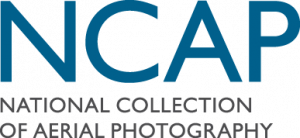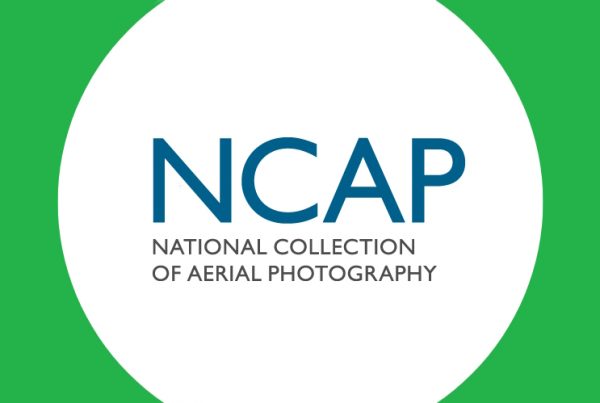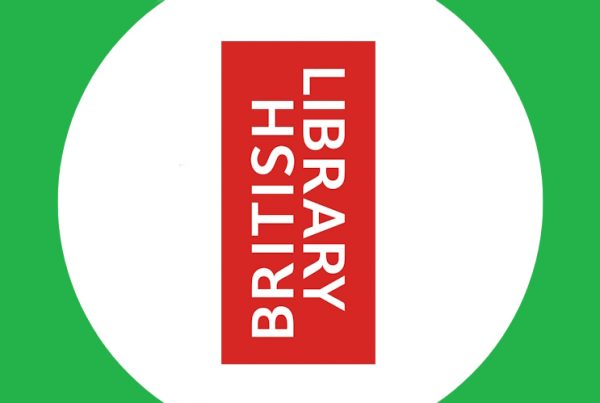
The client
thinkWhere, part of the Idox Group, has been working with the National Collection of Aerial Photography (NCAP) over the last few years to help catalogue and publish the extensive holdings of historic aerial imagery they preserve.
NCAP are part of Historic Environment Scotland and curate historic aerial imagery – which for the most part has been declassified by the UK Ministry of Defence – digitising these valuable records to preserve a snapshot showing the landscape of the UK and across the world from the 1920s onwards. The organisation is custodian of one of the largest collections of aerial imagery in existence, with an archive containing over 30 million images – and growing!
The challenge
thinkWhere was initially approached by NCAP for support with the development of the organisation’s future programme of digital transformation.
Using our extensive business and technical expertise, we initiated a comprehensive Discovery Project with the NCAP team. The project looked into products, markets, internal processes, key systems and the people/skills required to progress digital transformation. The resulting roadmap set out a longer term journey with key actions for improvement and onward development of the enabling technical and supporting business activities.
Since then, NCAP has invested heavily in new digital technologies. The deployment of a suite of collaborative robots has radically improved the digitisation capabilities of the team. Scanning and processing of the digital images now takes place on a 24/7 basis with minimal staff intervention. To date, NCAP has now processed over 3 million large-format analogue aerial film and print images to high-resolution digital format.
The roadmap identified the development of a Cataloguing Tool as an early priority. Once the images for a full mission have been digitised, the cataloguing process involves the capture of all the associated metadata for each image to a common standard and, importantly, capturing the real world location of each image. Having a controlled system and data environment for this process ensures standardisation is built in.
The rollout
The Cataloguing Tool developed by thinkWhere has streamlined and automated the previous workflow and has directly contributed to the acceleration of this key process. Since it was deployed, c.1.2m images have been fully catalogued at a rate that is now 10 times faster and significantly more accurately than before.
The cataloguing process is a vital step in the journey to making the digitised images available to the market. Over the last year, thinkWhere has continued to build on its collaboration with NCAP with the design and build of a new Geoportal that will transform the way in which the digitised images can be viewed and purchased for use by the public and other consumers.
With the NCAP collection continuing to grow, the investment in process automation and new technologies has put it on a very strong footing for the future and thinkWhere is proud to be a partner in this ground-breaking work.
“Our work with thinkWhere has accelerated the creation of accurate geospatial data about the unique aerial imagery we hold of places throughout the world and key moments in world history. With this data, and through our ongoing work with thinkWhere on the creation of a bespoke Geoportal, the discovery of once top-secret historic aerial imagery is being transformed.”
Allan Williams
Head of NCAP
“It’s a real privilege to be working with NCAP on this exciting programme of work to transform historical aerial imagery to a valuable geospatial data resource. This is a highly collaborative partnership that blends NCAPs deep domain expertise with aerial imagery and our extensive geospatial capabilities to innovate workflows and deliver on an ambitious programme of digital transformation.”
Alan Moore
Geospatial Product Director
thinkWhere





